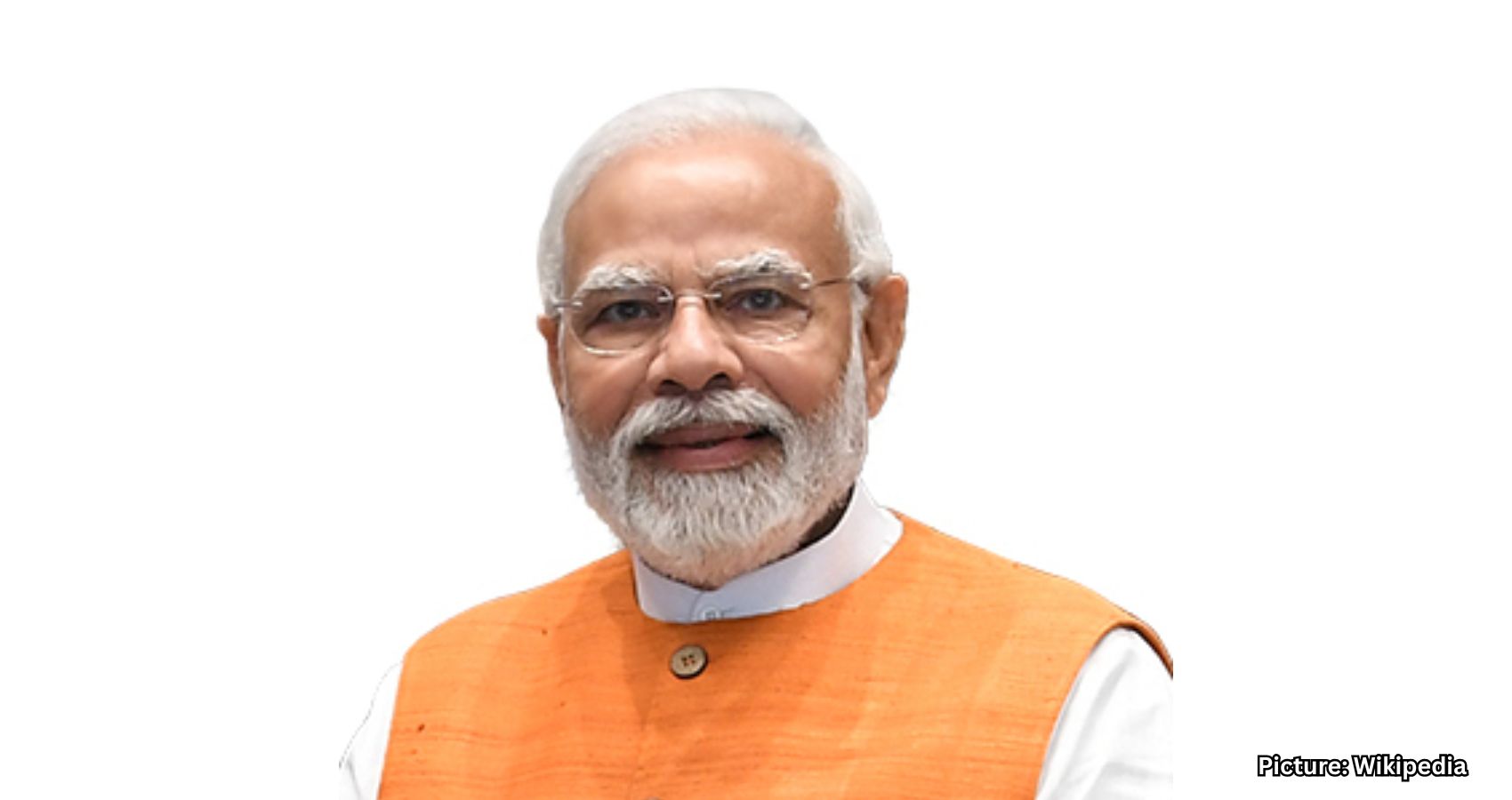Prime Minister Narendra Modi’s 79th Independence Day speech outlines a vision for India’s transformation by 2047, focusing on technology, energy, economic reforms, employment, and national security.
On the 79th Independence Day, Prime Minister Narendra Modi delivered a forward-looking address from the historic Red Fort, outlining a series of strategic commitments aimed at transforming India into a Viksit Bharat (developed nation) by the centenary of independence in 2047.
This marked Modi’s twelfth Independence Day speech, making him the Prime Minister with the most addresses from this platform. Lasting 105 minutes, it was the longest speech he has delivered on this occasion, presenting concrete deliverables with measurable timelines and long-term structural impacts.
In his speech, Modi reflected on the challenges faced in establishing semiconductor plants in India, noting that previous attempts had been “killed at birth” decades ago while other nations advanced. He announced that India is now in mission mode to bridge this critical technological gap, stating that the country will roll out its first Made in India chip by the end of this year. This initiative aims to insulate Indian industries from the supply chain disruptions and shortages that have hindered manufacturing in other parts of the world.
Addressing energy security, Modi unveiled ambitious plans to increase nuclear power generation capacity tenfold by 2047. He revealed that work is already underway on ten new reactors. Additionally, he launched the National Deepwater Exploration Mission, which aims to tap into ocean resources while expanding domestic capacity in solar, hydrogen, hydro, and nuclear power. This initiative is designed to reduce dependence on imported petrol, diesel, and gas, which Modi described as a persistent burden on the national budget.
Economic reforms were a focal point of Modi’s address, with the announcement of next-generation GST measures set to be rolled out during Diwali in October. These reforms will reduce taxes on essential goods and provide relief to micro, small, and medium enterprises (MSMEs), local vendors, and consumers.
Modi emphasized that these reforms would be supported by a newly formed Task Force for Next-Generation Reforms. This body will evaluate all current laws, rules, and procedures related to economic activity, with a fixed timeline to implement changes that will cut compliance costs for startups, MSMEs, and entrepreneurs. The aim is to create a supportive ecosystem for innovation and sustained economic growth, preparing India for the demands of a $10 trillion economy by 2047.
Employment generation was another key pillar of Modi’s speech, highlighted by the launch of the Rs 1 lakh crore PM Viksit Bharat Rozgar Yojana. Under this scheme, newly employed youth will receive Rs 15,000 per month, with a target of reaching three crore beneficiaries.
In a significant announcement with strategic implications, Modi called on India’s scientists, engineers, and youth to take on the challenge of developing a fully indigenous jet engine. Drawing parallels to India’s rapid development of COVID-19 vaccines and the creation of the Unified Payments Interface (UPI) for digital payments, he urged that the same resolve be directed toward advancing high-end defense technology. The goal is to ensure that the engines powering India’s skies are entirely home-grown, marking a decisive step toward strategic self-reliance.
Additionally, Modi announced the launch of a High-Powered Demography Mission aimed at addressing the risks posed by illegal migration and demographic imbalances in border areas. He stated that the mission would protect the unity, integrity, and rights of India’s citizens while systematically tackling infiltration concerns. This announcement coincides with the Election Commission of India’s efforts to clean electoral rolls to ensure that non-citizens do not have the ability to vote.
As India moves toward its centenary of independence, Modi’s speech outlined a comprehensive vision that encompasses technological advancement, energy security, economic reform, employment generation, and national security, all aimed at positioning the nation for a prosperous future.
Source: Original article

